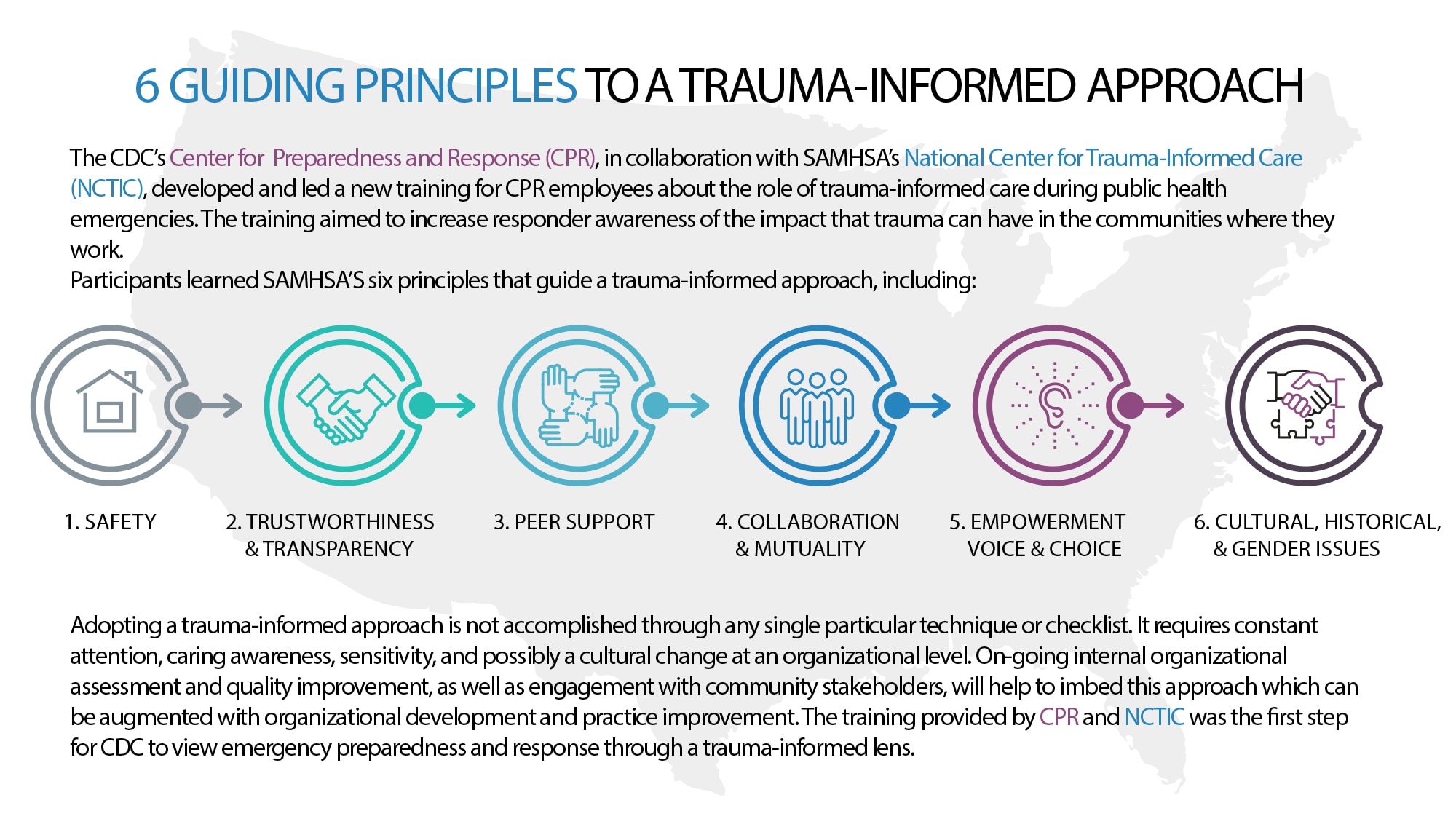Dear UConn Community,
As many of you know, September is Suicide Prevention Month.
Along with our colleagues throughout the UConn community, the Office of Sustainability is committed to raising awareness about the importance of mental health and suicide prevention.
In 2020, suicide was the 12th leading cause of death in the United States, and it is the second leading cause of death for people ages 25-34. It is a serious issue that affects people of all ages, backgrounds, and experiences. Each of us has a role to play in preventing suicide and having the following information handy could save a life:
- If you are uncomfortable talking on the phone, you can chat the Suicide & Crisis Lifeline at 988lifeline.org.
- You can also text NAMI to 741-741 to be connected to a free, trained crisis counselor on the Crisis Text Line.
Of course, many factors can contribute to suicide, including mental health conditions, substance abuse, and difficult life circumstances. That’s why, as part of our work to support mental health here at UConn (and beyond) we use trauma informed principles:

Here at the OS, we aren’t clinicians, and we don’t offer therapeutic services, but we do see it as our responsibility to be informed about, and supportive of, our mental health service teams and capabilities.
Here on campus, the best place to learn more about mental health services and get the care you need is through Student Health and Wellness: https://studenthealth.uconn.edu/
In addition to reaching out for help, there are also things that we can do as a community to prevent suicide. We can:
- Talk about mental health openly and without judgment.
- Challenge the stigma around suicide.
- Be supportive of our friends, family, and colleagues.
- Create a culture of caring and compassion.
Please join us as we work together to create a campus community where everyone feels safe and supported.
Thank you for your time.
Sincerely,
Joe Fullerton
Director of the Office of Sustainability
University of Connecticut
 Here we are – four years after starting school and two years after starting the Office of Sustainability. My name is Rachael Ruggiero and I am a graduating intern at the OS. There’s been so much that has happened in my time here and I don’t know if I can fit it onto one post, however, I’m going to give it a try.
Here we are – four years after starting school and two years after starting the Office of Sustainability. My name is Rachael Ruggiero and I am a graduating intern at the OS. There’s been so much that has happened in my time here and I don’t know if I can fit it onto one post, however, I’m going to give it a try. Starting my internship in the Fall of 2021, I remember feeling so isolated. After a year online in which no friends were present and no clubs were active, I came back to a community that I felt estranged from. I walked to the Office of Sustainability on a sweltering summer day and the sweat on my palms wasn’t from the heat (if you catch my drift). I entered feeling so unsure and nervous if I belonged and Cherie Taylor, our Administrative Coordinator, turned to me from her window and said “Sam! I’m so glad you’re here with us!” No words ever impacted me like those. My trepidation evaporated with my sweat.
Starting my internship in the Fall of 2021, I remember feeling so isolated. After a year online in which no friends were present and no clubs were active, I came back to a community that I felt estranged from. I walked to the Office of Sustainability on a sweltering summer day and the sweat on my palms wasn’t from the heat (if you catch my drift). I entered feeling so unsure and nervous if I belonged and Cherie Taylor, our Administrative Coordinator, turned to me from her window and said “Sam! I’m so glad you’re here with us!” No words ever impacted me like those. My trepidation evaporated with my sweat. For the past two years, sustainability at UConn has taken the backseat. But it’s not for a lack of trying on behalf of the Office of Sustainability (OS). Fall 2021-Spring 2022 was the school year of remembering –, remembering how to take in-person tests, remembering how to act in a crowd, remembering how to order at the One Plate, Two Plate register, and for the OS, remembering how to persuade UConn administration to endorse sustainable policies. The last being the most difficult in a post-pandemic world. This past school year, Fall 2022-Spring 2023, was a year of progress. Next year, I hope campus continues off that forward momentum, furthering UConn’s sustainable agenda and reducing our footprint. For these last two years, as a Student Intern at UConn’s Office of Sustainability I have had the incredible opportunity to work with many UConn Departments and sit in on countless meetings being able to see how far the school has come, and how far we will continue to go.
For the past two years, sustainability at UConn has taken the backseat. But it’s not for a lack of trying on behalf of the Office of Sustainability (OS). Fall 2021-Spring 2022 was the school year of remembering –, remembering how to take in-person tests, remembering how to act in a crowd, remembering how to order at the One Plate, Two Plate register, and for the OS, remembering how to persuade UConn administration to endorse sustainable policies. The last being the most difficult in a post-pandemic world. This past school year, Fall 2022-Spring 2023, was a year of progress. Next year, I hope campus continues off that forward momentum, furthering UConn’s sustainable agenda and reducing our footprint. For these last two years, as a Student Intern at UConn’s Office of Sustainability I have had the incredible opportunity to work with many UConn Departments and sit in on countless meetings being able to see how far the school has come, and how far we will continue to go.
